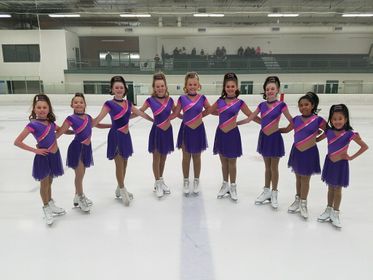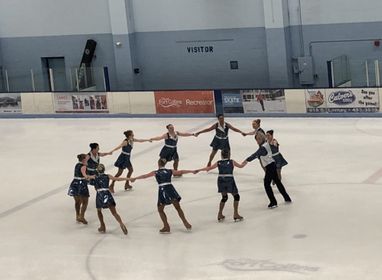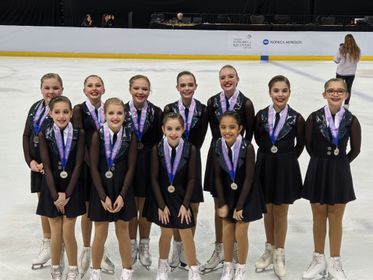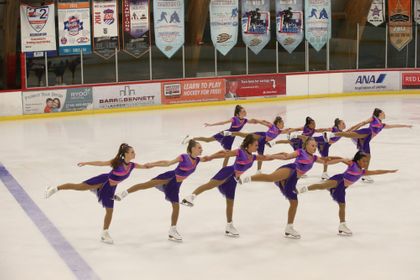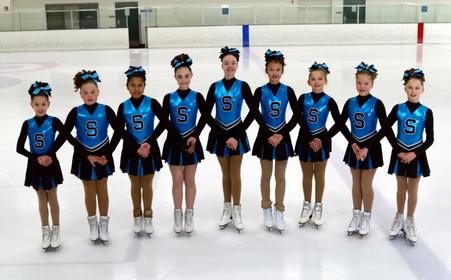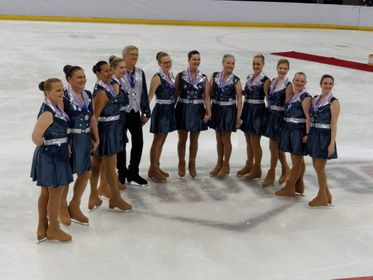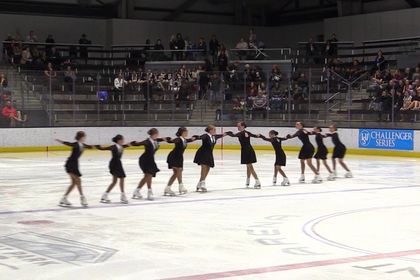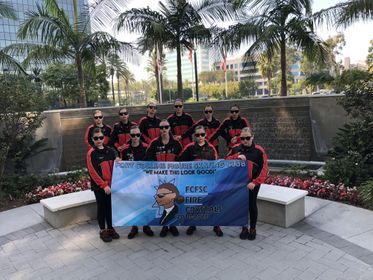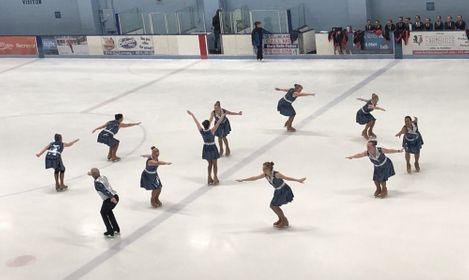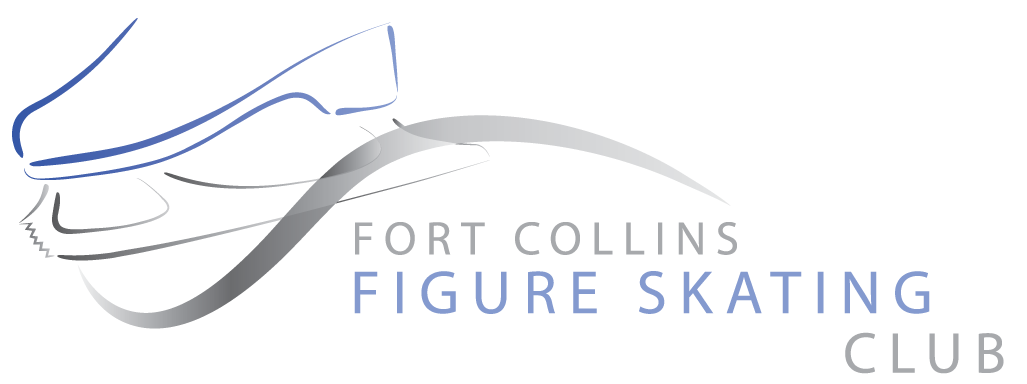Synchronized Skating
Fort Collins Figure Skating Club
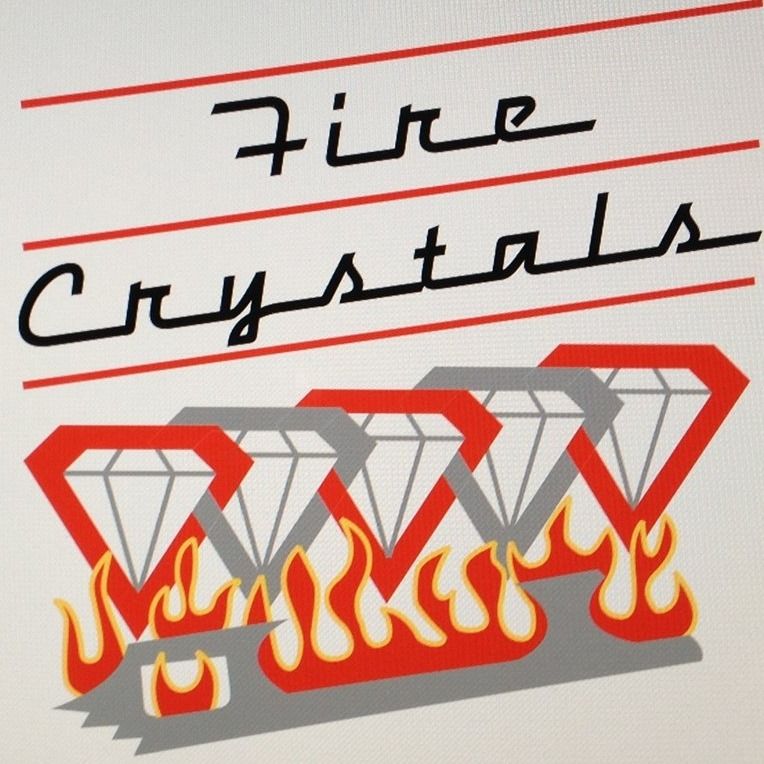
The Fort Collins Fire Crystals: Synchronized Skating Team
The Fire Crystals Have 3 Synchronized Skating Teams:
- Aspire youth team for skaters in group Learn to Skate (LTS) classes
- A competitive travel team with skaters that have passed at least Pre-Preliminary Skating Skills tests.
- An adult team for adults of all skill levels
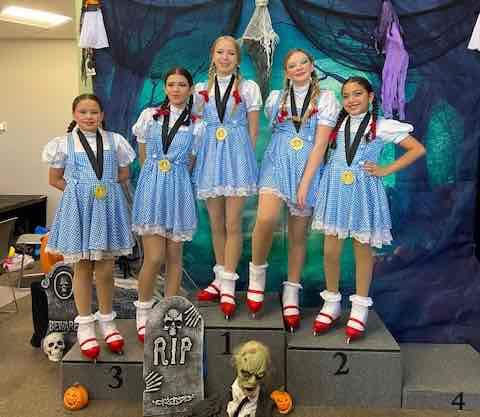
2023–24 Aspire 3 Team - Fright Fest Gold Medalist
Contact Information
Youth Aspire Team: Coach Kassie kahawley42@gmail.com
Competitive Travel Team : Coach Pam pkurtz2006@hotmail.com
Adult Team: Coach Denaysa loudensis@hotmail.com
